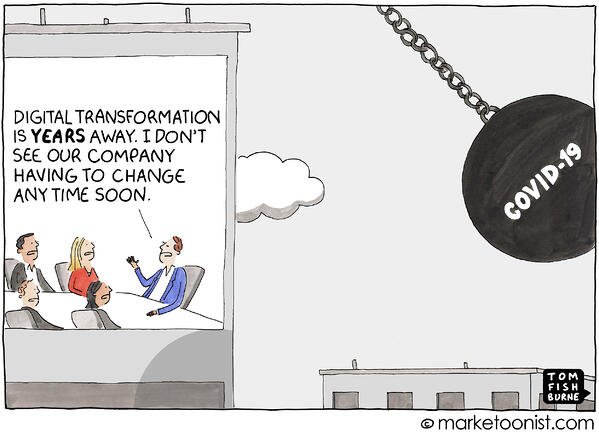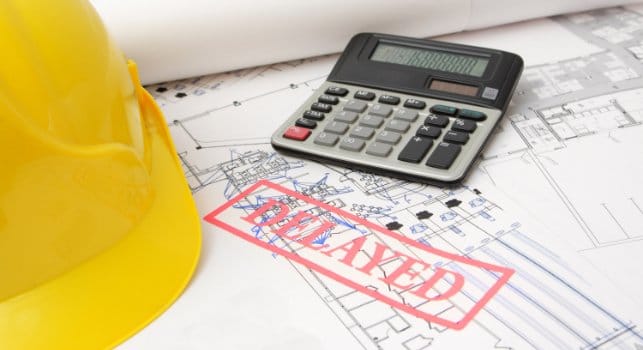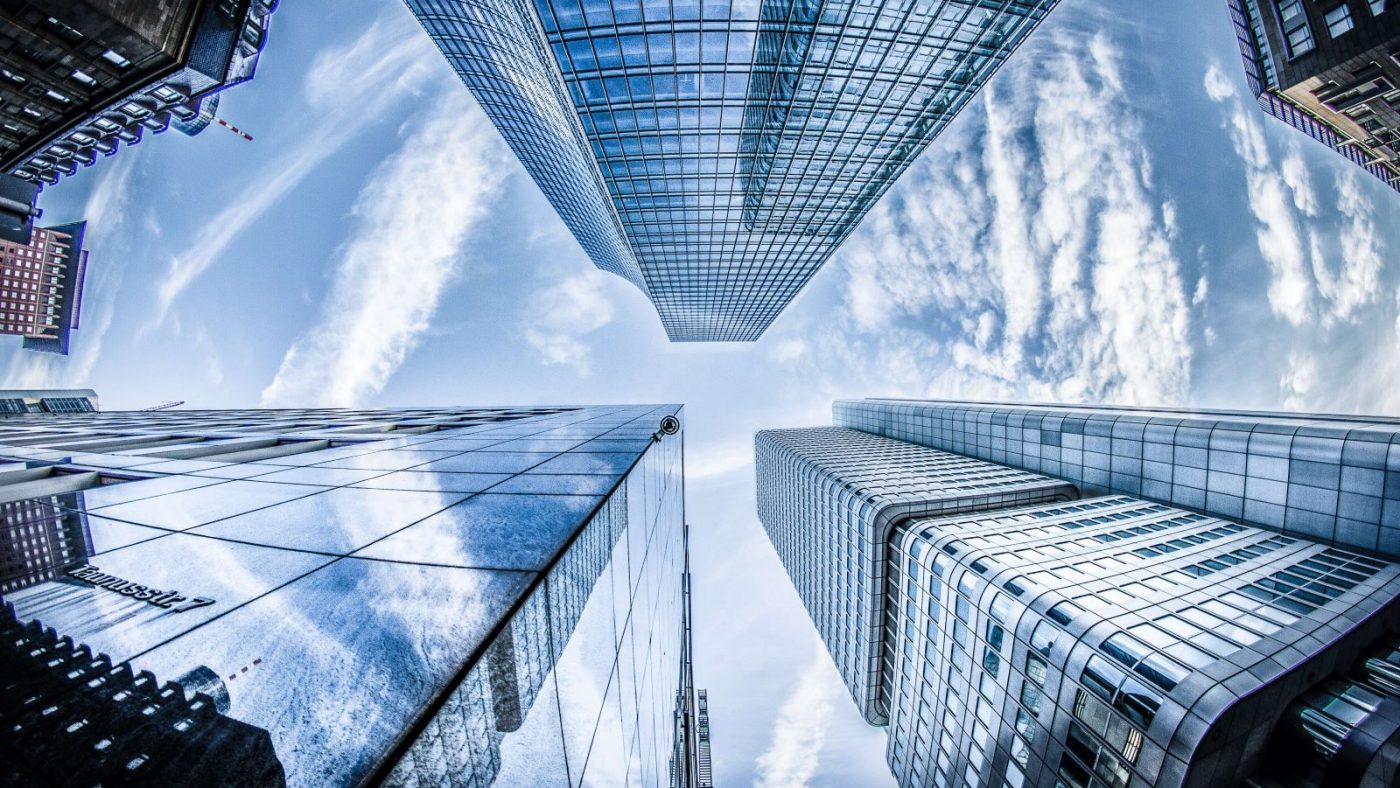These are unprecedented times for the country, to say the least. As COVID-19 has ravaged our healthcare system and disrupted our daily way of life, economists, policymakers, and business leaders have been working to wrap their heads around how to handle the tens of millions of people who are out of a job due to the pandemic.
Across the building industry, a slew of first- and second-order effects have created a Gordian Knot of problems. The more we dig into it, the more complex and interwoven the issues become.
Those of us who have worked in this industry a long time are accustomed to change. (In some ways, change is our only constant.) We understand the importance of pivoting and adapting to new circumstances, and that taking decisive action before the dust settles can make all the difference in how (or whether) a business survives.
Over the last few months, our team has been closely examining the impacts of the virus on various segments of the A/E/C industry and exploring ways that owners, contractors, designers, and other construction professionals can adapt to help weather the storm. Here is what we are seeing.
Overcoming Efficiency Pains

Office Workers
Since stay-home orders were first issued in March, A/E/C office workers have been forced to make the final leap to digital transformation. This shift has been relatively easy for digital natives (including younger Millennials and Gen Z). But, for those accustomed to a paper-based office environment, the shift has been much more difficult. Fortunately, this transition has been quite smooth for VERTEX since we finished our digital transformation process last year. We have been able to conduct our normal business virtually without missing much of a beat.
On the public agency side, however, some workers are finding their productivity is hampered by outdated or dilapidated systems. The good news is that California’s priority to streamline housing development had already begun the digital transformation process and, as a result, is in much better shape than it was two years ago. COVID-19 has pushed cities like San Diego to finish digitizing their procedures. Developers will soon be able to get the approval of all aspects of a project entirely online.
One challenge with remote work is that IT-related problems are harder to resolve. It is no longer as easy as popping over to ask an adept co-worker to help fix a minor issue. Cybersecurity is also now much trickier to manage, as employees conduct business over their individual home networks. It comes as no surprise that bad actors have been taking advantage of this. Insurance companies are facing more cyber-crime claims than ever, especially those caused by phishing. Not only are employees being targeted, but some attacks are also sophisticated enough to go after the company’s clients, with tactics such as sending fake invoices after breaching the company’s email system.
Field Crews
Because they have been deemed “essential workers” by the State of California, our construction professionals in the field have certainly not been idle. However, working on the job site is a balancing act of staying productive while minimizing potential disease exposure. Thankfully, our industry has collaborated quickly to establish helpful policies and procedures, such as BIA San Diego’s Industry Worksite Adaption Guide for residential construction. Some contractors have trained their superintendents or hired dedicated personnel to serve as their job site “COVID Police” to enforce safety policies, such as wearing masks, maintaining appropriate distancing, and not sharing tools. While these policies may impact productivity to a degree, it is far better than risking the entire crew getting sick.
The Inevitable Rise in Construction Claims

Delay Claims
According to ENR’s COVID-19 survey of the construction industry, 35% of active and planned projects are experiencing delays. It is only a matter of time before we see delay claims being filed. Considering the magnitude of delay claims for large projects (which can represent tens of millions of dollars), these will be highly contentious. Some parties will have an incentive to attribute all their delays to COVID-19 to make them excusable through a contract’s “catch-all” unforeseeable event clause.
There are a lot of factors at play for delay claims:
- Supply chains have undoubtably been disrupted from China’s 79-day lockdown, but there are also disruptions created by tariffs.
- In some places (e.g., the Bay Area) construction has been shut down, while in other places (like San Diego) construction is still active.
- Construction has been facing labor shortages well before anybody started getting sick from coronavirus.
- Some local jurisdictions have slowed down their processes due to the stay-home order.
- Order shipments are being impacted, as companies like Amazon, prioritize essential goods, causing other items to be delayed.
- Some construction contracts include force majeure clauses, which some parties will try to invoke.
- The added COVID-19 safety protocols on the jobsite will affect the pacing of work being performed.
The biggest challenge for construction attorneys and experts will be figuring out the extent to which each delay can be attributed to COVID-19 versus a host of other issues our industry is facing. For those projects that were entirely shut down by a jurisdictional order, it is fairly straightforward. But for projects that were allowed to continue, it will require deeper analysis.
When construction is not entirely shut down, it makes things more complicated. Think of it as a half-burned-down house where you have to figure out what parts are not damaged and how to do the repair without scrapping it.
In our experience, the best thing an owner or contractor can do in these situations is to perform iron-clad documentation on everything related to the project. This will help the team stay on the same page, and in the case of a delay claim, ensure the resolution process is as smooth (and inexpensive) as possible. Other steps to mitigate the risk of COVID-19 related construction claims are outlined in Dr. Hendrik Prinsloo’s article.
Insurance Claims
Many A/E/C companies are discovering that their insurance policies have excluded business interruption coverage due to a virus. There are also a lot of unknowns regarding workers’ compensation and COVID-19. This particular virus has a long gestation period between initial infection and the onset of symptoms. How can we tell if an employee contracted the virus at work, from a family member, or during last week’s grocery run?
There are a lot of nuances to these issues and the insurance situation is fluid. For example, the Insurance Commissioner of California ordered insurance companies to refund March and April premiums to drivers and businesses due to the COVID-19 emergency.
In AIA San Diego’s virtual Small Firm Exchange, Kelly Potter from Cavignac & Associates recommended that those who have suffered a financial loss from a government shutdown or COVID-19 should submit a claim with their insurance provider to start a conversation about their options.
Risks for Owners
When construction projects are shut down, the owners are starting to realize they have a new unexpected liability risk: maintaining the job site. An unfinished project is typically rife with safety hazards, so the owner needs to ensure that the property is adequately secured and monitored during closure to mitigate that risk.
A shut-down project can result in a number of other issues beyond the delay aspect. For example, building materials and partially finished work can be damaged by weather exposure. If the contractor was not allowed by the city to prepare the job site for rain in March, does this make the city liable for the resulting damage, or do the owners have to bear the costs? What if a job site was closed down before the stormwater drainage or mitigation was completed and rainstorms washed soil into a neighboring property, resulting in a cross-lot drainage claim?
These types of scenarios are normally rare in construction, but the regional shutdowns we are seeing now are anything but normal. For owners who end up with a shut-down project, it is imperative to communicate effectively with your construction team and local officials – and to keep detailed records of those communications and job site conditions – so that you can minimize the impact and risks caused by the disruption.
COVID-19 has also thrown a monkey wrench in construction financing for many owners. While the CARES Act does not provide forbearance relief for construction loans, negotiating directly with your lending partners may be helpful.
Long-Term Effects
After a COVID-19 vaccine is widely available and the current crisis stabilizes, we expect the following trends to emerge:
- An increasing number of building industry professions will continue to work from home, whether it is just a few days a week or full time.
- HVAC standards for new and existing buildings will increase to reduce airborne pathogens. While some certifications (WELL and LEED) and new hospitals have been on the forefront of this trend for a while, more building types will undoubtedly adopt these practices moving forward.
- Many buildings will be retrofitted with touchless and sensor technology. This will become an expectation for publicly accessible spaces.
- Construction and design firms will be much more astute when sourcing materials and components and will be more aware of risks posed by supply line disruptions.
- Construction contracts will have new clauses that more comprehensively cover situations such as pandemics.
- Development and construction permitting will go entirely digital.
- Adoption of remote site visits by stakeholders and officials will rise.
Industry Job Opportunities
There is a possible silver lining in all this. Over the last decade, our industry has been plagued with a shortage of labor. But, in 2020, the labor force in many other industries has been entirely upended. Our industry has plenty of skill barriers, but there is the potential to solve our labor shortage by tapping into a newly available pool of workers from other fields. It will take an industry-wide effort to make this happen, but we have an opportunity to help many people on the road to recovery by providing good paying careers in A/E/C. These new workers can bring fresh perspectives to help our industry innovate.
Author: Ted Bumgardner, Brian Hill, Justin Cox
This article was originally published by Xpera Group which is now part of The Vertex Companies, LLC.



